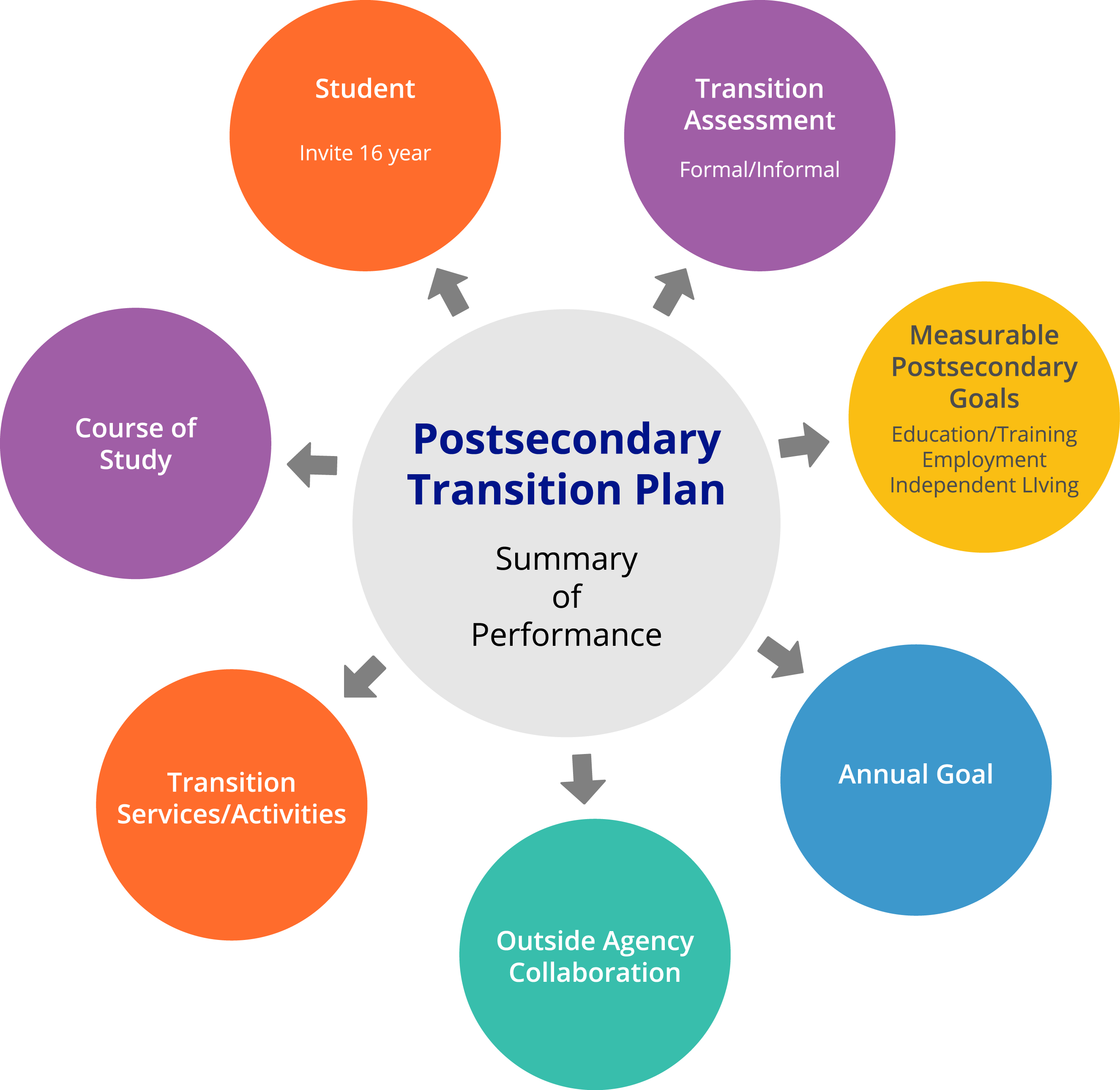
Transition Planning: Why it’s important
Transitioning into the work environment is a challenge for all students but, especially for students with disabilities. Transition planning is designed to provide students with special needs essential life skills and services to ensure a seamless transition into adult life. Transition plans are found into the student’s Individualized Education Plan. (IEP)
When does transition planning begin?
The transition planning process should begin at an early age; and must not begin later than the first IEP in effect when the learner turns 16. The student must attend if the purpose of the IEP meeting is to consider transition services or post secondary goals.
Who needs a transition plan?
Transition components must be included in all students with disabilities IEP plans between the ages of 16-21. Transition plans may be included in the IEP prior to age 16; if consent is provided by the guardian and student.
Who is involved?
The IEP team includes the student, family member(s), school personnel, agency representatives (with prior written guardian consent) who may be providing services after the student graduates, and other individuals working with the student. The student’s attendance and participation is crucial in the transition planning process.
Goal of the Transition Meeting
The goal of the transition meeting is to determine the student’s strengths, interests, and preferences to create an individualized transition plan. The transition plan will include related activities and services required; as well as valuable life experiences or job training over the high school years. What is the student’s long term goal in the area of Post-secondary Education or Training?
- What is the student’s long term goal for employment?
- What is the student’s long term goal for Independent Living/ Community Engagement?
This transition plan will include activities and services of where help is needed, and what experiences are going to be valuable over the high school years.
Essential Transition Discussions
There are 3 areas that must be discussed when participating in a transition planning and development of measurable post-secondary goals meeting:
- What is the student’s long term goal in the area of Post-secondary Education or Training?
- What is the student’s long term goal for employment?
- What is the student’s long term goal for Independent Living/ Community Engagement?
It is important to keep in mind that a student’s goals may change as they get older, experience more opportunities, and begin to personally define specific career directions.
School Requirements
- Student’s IEP team will establish a transition plan beginning at age 16.
- IEP team is responsible to invite the student, student’s guardian(s),
- if the student does not attend the IEP team must take steps to ensure the student’s preferences and interests are considered in establishing a transition plan or planning for services.
- Representatives or participating agencies, when appropriate and with guardian or student consent, when the student reaches age of majority.
- Transition services will be reviewed and revised based on student's needs in the transition areas of Post-Secondary Education, Employment, and as appropriate Independent Living Skills.
